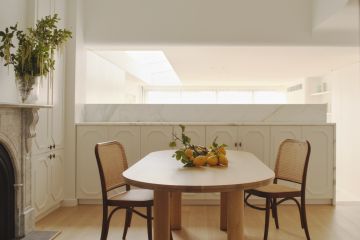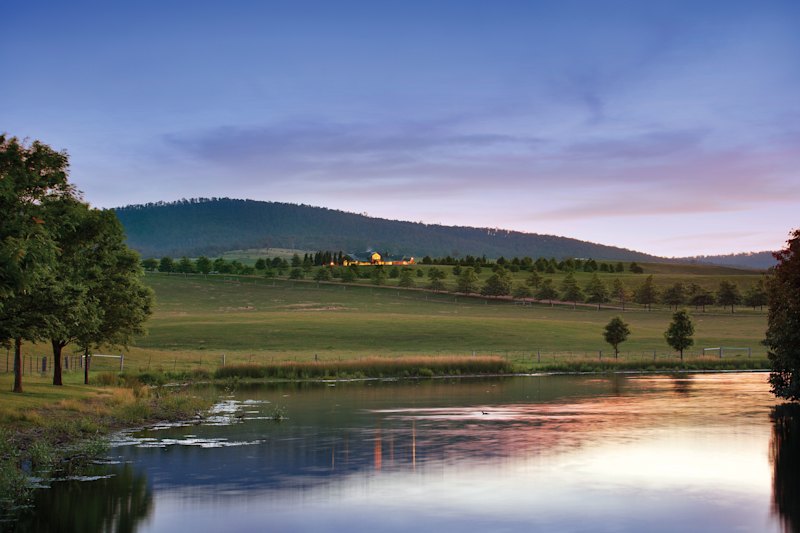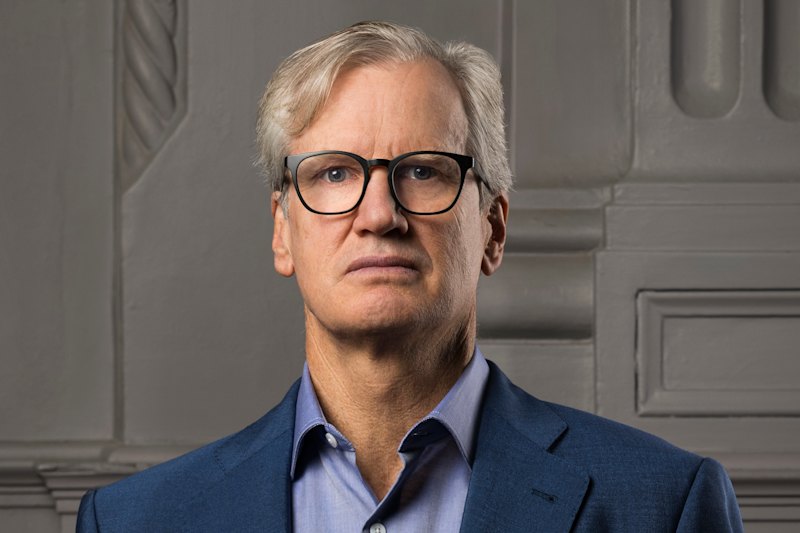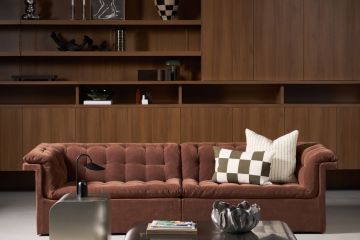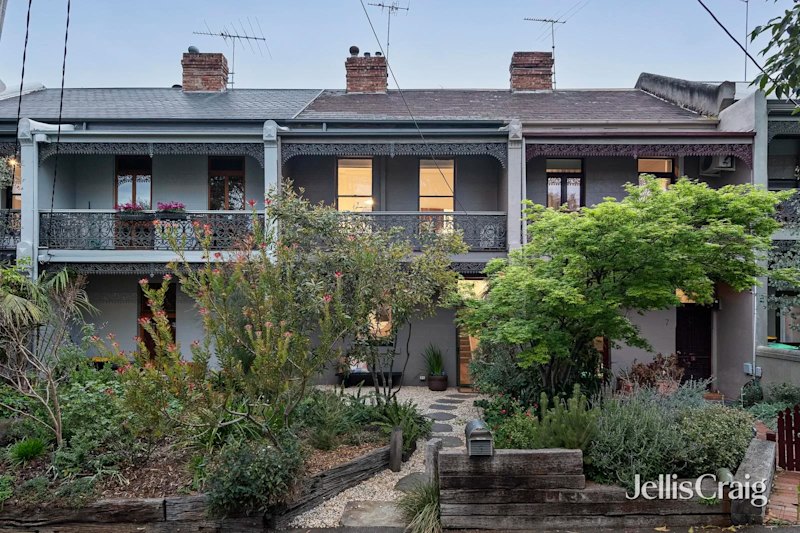Five incredible buildings around the world that have been inspired by nature
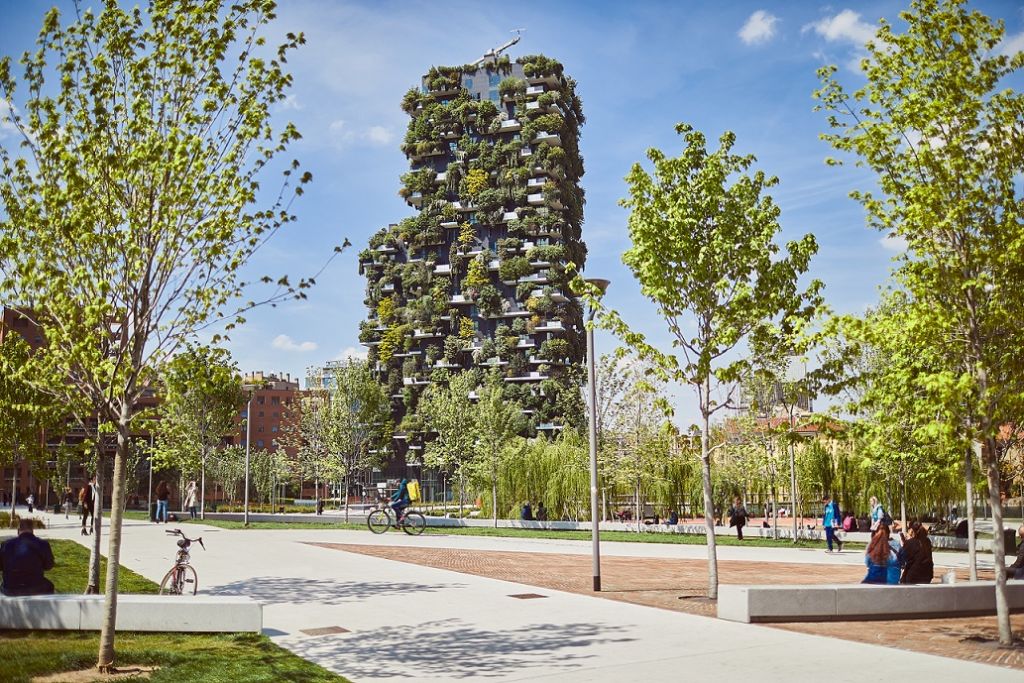
Architects, probably more so than any other creative professionals, engage with nature. Their designs become part of the landscape, the buildings make demands on the environment and, in turn, are affected by it.
No wonder that nature is often a powerful influence in the creation of these designs – both in appearance and function.
The concept of incorporating natural principles into design is happening in many ways. In the search for more sustainable and eco-friendly living, architects are referencing all things natural, and studies repeatedly show that being in touch with the natural world enhances our physical, mental and emotional wellbeing.
Bioarchitecture, very simply described as the design and construction of buildings that reflect structures found in nature, is taking architecture closer to nature than ever before.
Architects have been inspired by the massive and the miniature – water, glaciers, flowers, forests, animals, insects – sometimes all at once.
Hungerburgbahn, Innsbruck
The late Zaha Hadid took inspiration from nature’s large, sweeping gestures. The organic, curvilinear shape of the Hungerburgbahn, a train station in Innsbruck, echoes the contours of a glacier in its graceful curves and the materiality of ice in the white double-curved glass.
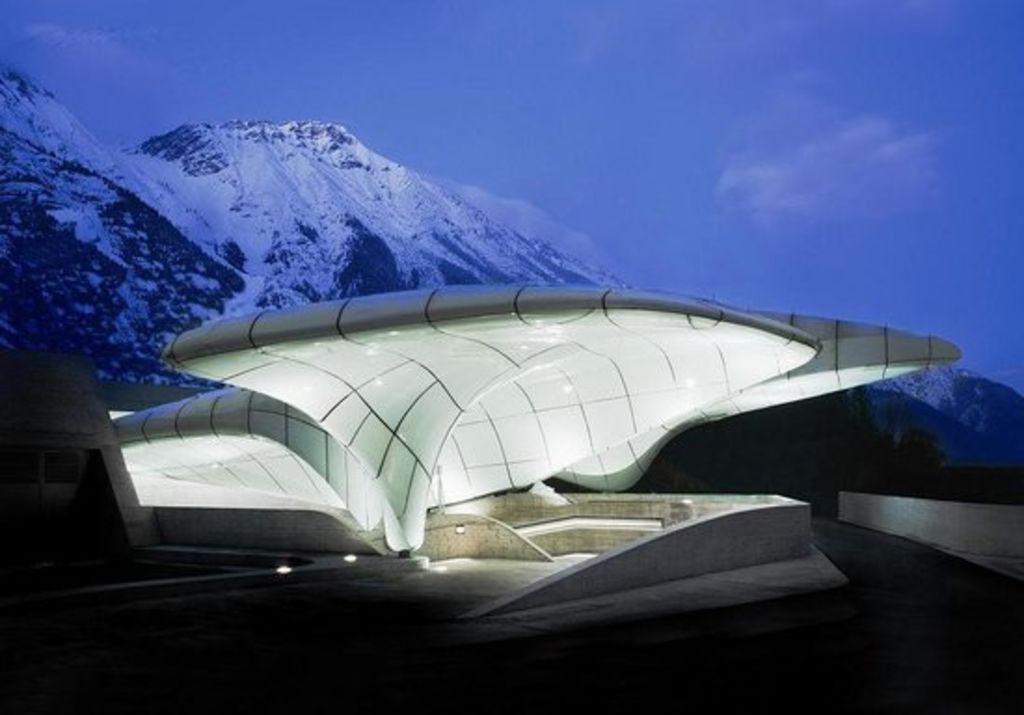
Bosco Verticale, Milan
Boeri Studio, the architecture firm that designed Bosco Verticale, or Vertical Forest, was inspired by nature as an agent of wellbeing and sustainability. The two towers in the Porta Nuova district of Milan use living nature as an essential component of the architecture. Each tower houses 900 trees, 5000 shrubs and 11,000 perennial plants that help mitigate smog, produce oxygen, moderate interior temperature and absorb carbon dioxide. The biodiversity of the plants attracts new bird and insect species. The building is self-sufficient with renewable energy drawn from solar panels, while filtered wastewater is used on the plants.

Highpark Seasons, Melbourne
At Highpark Seasons in Glen Iris, it was the developer’s ability to create unique glazing, along with the parkland border, that inspired the design. The treed linear park of Gardiners Creek Reserve winds around the site and directly opposite is a reserve. This prompted the developer, a leading manufacturer of glass, to create glazing that would pick up the reflections of trees and greenery on all four sides.
“As well as contributing to the attractive appearance of the building, this also has the effect of settling it into the surrounding environment,” says Andrew Leoncelli, managing director of Residential Projects CBRE.
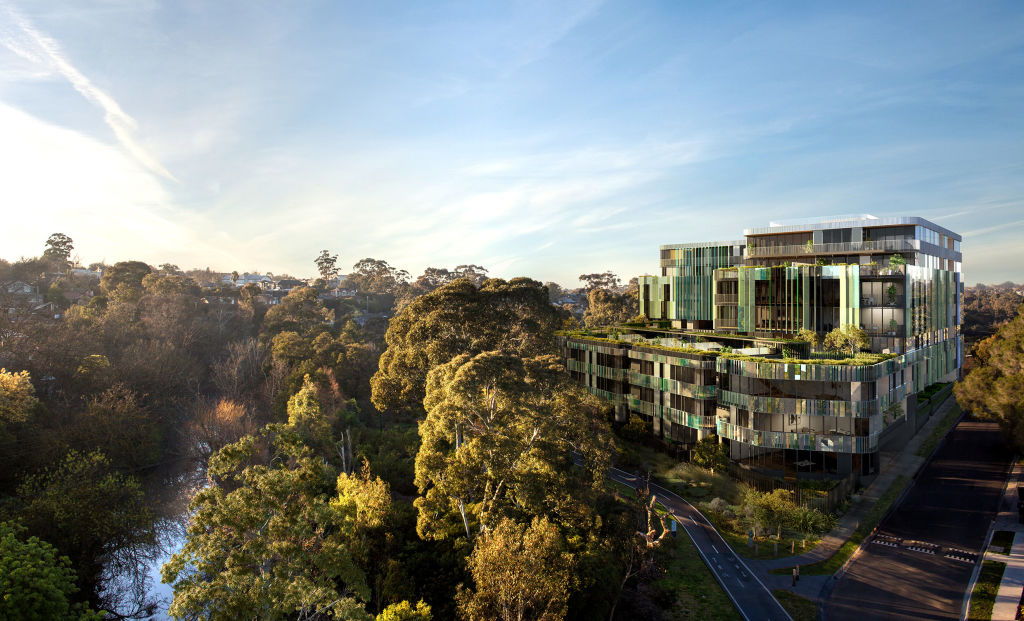
The building’s mirrored facade changes throughout the seasons – cool greenery in spring and summer, rich reds and golds in autumn, and a light brightness in winter when the surrounding leaf density is less. Most of the 100 apartments are oriented to the north. “They cascade away towards the creek, creating wide terraces, and go from six floors to three,” adds Leoncelli.
Designed by Rothelowman, the apartments, with their premium appointments and elegant finishes, appeal to local downsizers with around 40 per cent already sold, says Leoncelli.
The cloud house, Melbourne
In Melbourne, McBride Charles Ryan’s cloud-shaped extension to an Edwardian home is “a playful addition where family and friends can eat and have fun surrounded by the curved form,” say the architects. It is dramatic, beautifully crafted, and the cloudy curves have a practical – as well as whimsical – side. “The shape conforms to setback regulations without appearing to be determined by them,” say the architects.
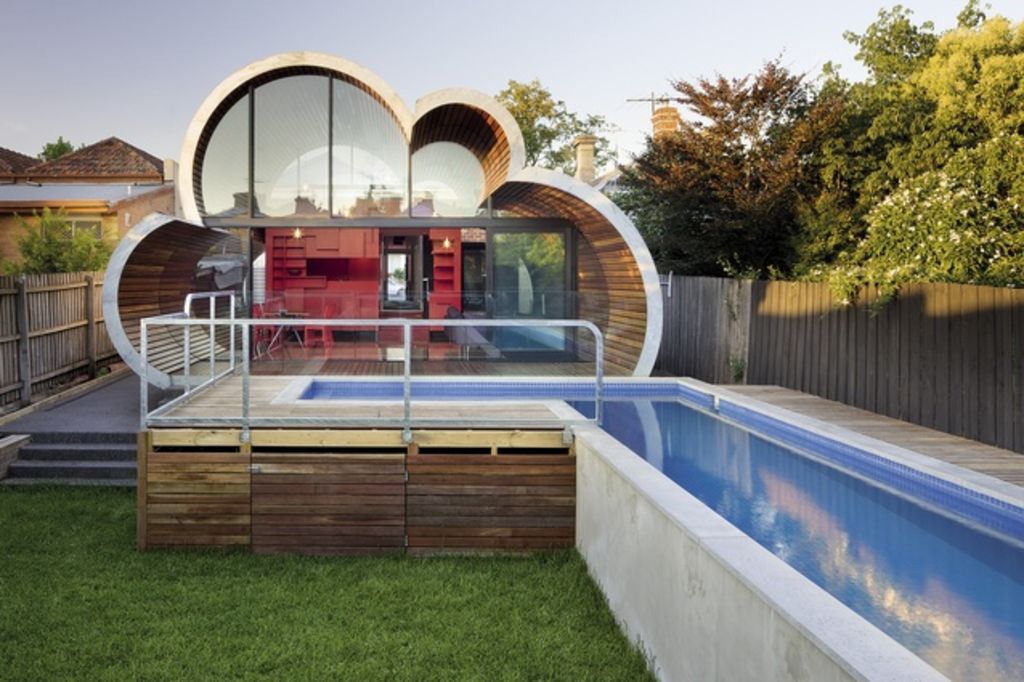
Gaudi’s buildings, Barcelona
Antoni Gaudi, the deeply spiritual Catalan architect born in 1852, said of the magnificent towering forests of columns, rich colours, free forms and organic shapes that make up his Barcelona cathedral, Sagrada Familia, that he “strives to compress all of earth and heaven into its structure”.

His Barcelona apartment buildings, Casa Batlo and La Pedrera, built in the early days of the 20th century, ventured further into nature than anyone had seen at the time. Sinuous shapes, soft curves and gentle arcs make the interiors feel gentler than rooms with sharp edges. The rooftops are candy-coloured carnivals of fantastic sculptures, winding paths and dreamlike creatures.
We recommend
States
Capital Cities
Capital Cities - Rentals
Popular Areas
Allhomes
More
